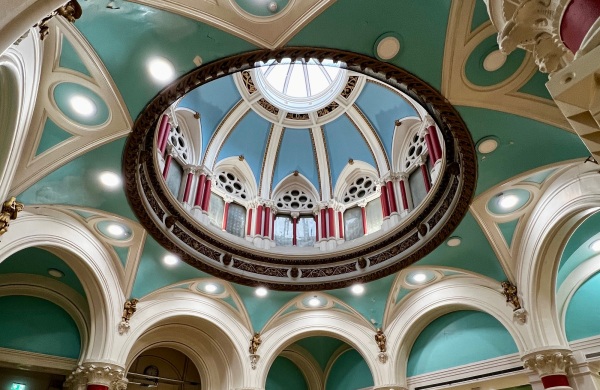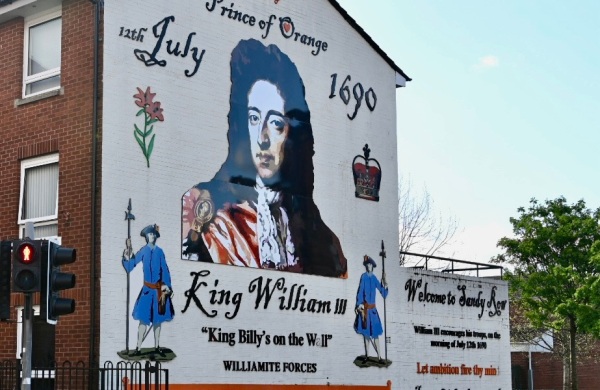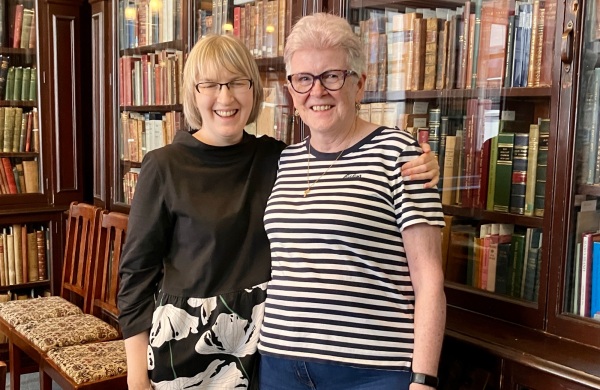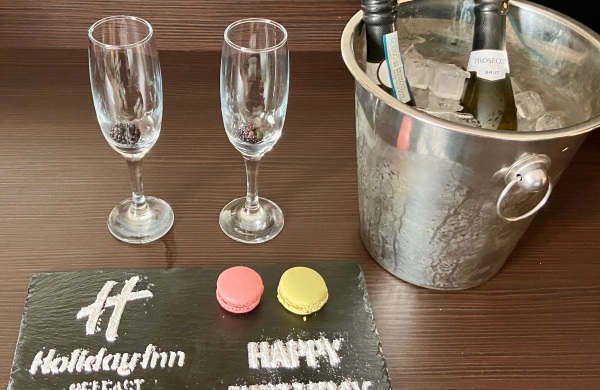
SquaresRenew 13: Beacon of Hope
Riverside renewal.


Riverside renewal.

Bicycle street art in Belfast.

A monastery which played a part in Northern Ireland’s peace process.

A walking tour gets us thinking about how deep renewal actually goes.

St Anne’s Cathedral, Belfast, has a hopeful message.

An exhibition in the City Hall reminds us how far Belfast has moved forward.

Women’s work keeps the world going.

Victoria gets two new companions at Belfast’s City Hall.

A building with many lives.

Looking backwards? Or moving forward?

Renewing an old friendship.

John moves forward to another year around the sun.